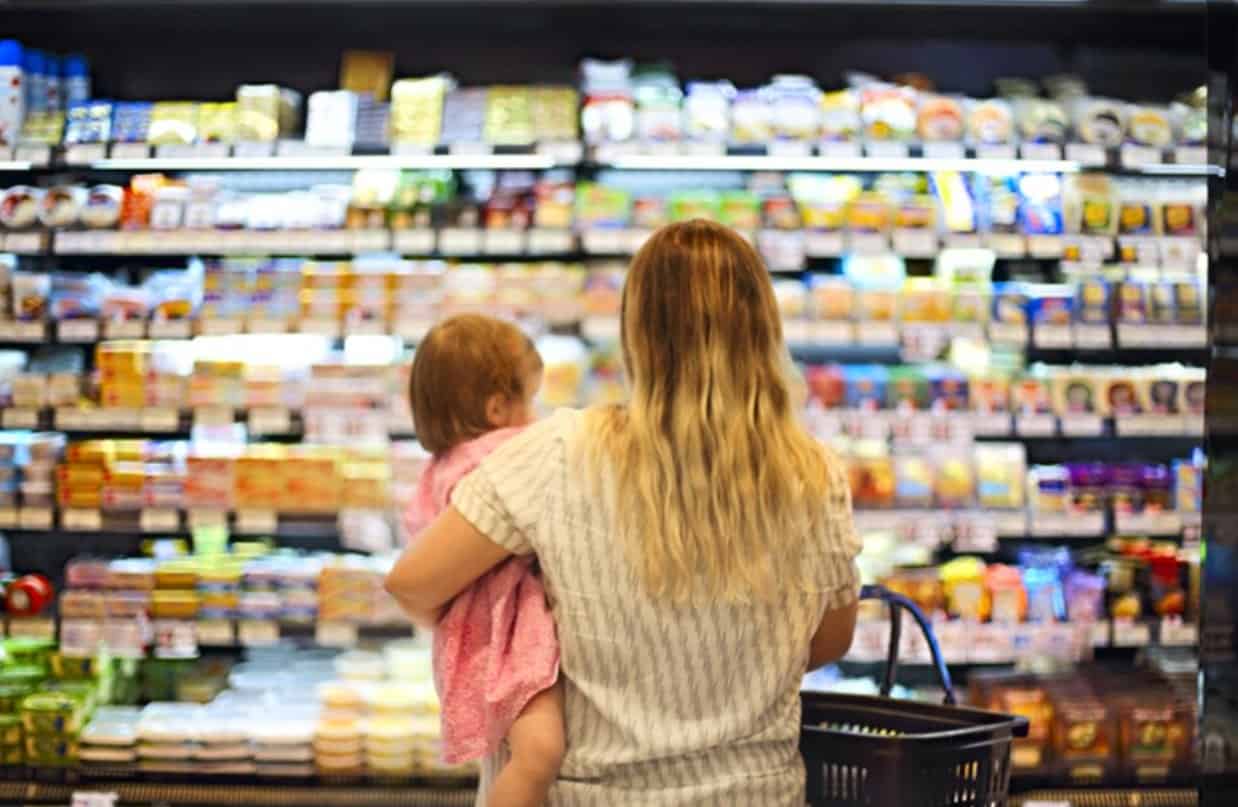It’s getting expensive to fill up your grocery cart. Food prices shot up nearly 9% in March over the prior year, according to the Bureau of Labor Statistics, marking the largest annual food inflation increase in 40 years.
What is food inflation? Simply put, it’s an increase in the price of food. Economists believe the food inflation forecast for 2022 will continue to trend upward, as challenges like supply chain issues, increased demand from consumers, severe weather and labor shortages appear poised to continue.
“When it comes to food prices, if you can imagine that it could go wrong in the last two years, it has gone wrong,” says Trey Malone, an assistant professor of agriculture at Michigan State University. “The food system is super dynamic, and it’s responding to a lot of different problems.”
Those problems lead to inflation, which pushes food prices higher. Every food category ticked up in price in March, according to the BLS. The largest increase, 2%, was in the “other food at home” category, which includes frozen prepared foods, baby food, snacks, spices and butter. Fruits and vegetables saw a 1.5% monthly increase following a 2.3% rise in February, and cereals and bakery products also rose 1.5% in March.
Even as prices go up, however, it’s still possible to find savings at the supermarket. Follow these tips to stretch your grocery budget a little further and save money on food:
- Meal plan strategically.
- Switch to store brands.
- Score cash back.
- Fill your freezer.
- Shop outside the supermarket.
- Pay attention to prices.
Meal Plan Strategically
Plan your family’s meals for the week based on items on sale at the supermarket, taking advantage of apps like Flipp to find the best local deals and using items you already have in your cupboard.
“Always go into the store with a plan,” says Jessica Randhawa, the owner, recipe creator and head chef at The Forked Spoon, a website featuring family-friendly recipes. “Know what you’re cooking that week and have a list. That helps eliminate impulse buys.”
Switch to Store Brands
Private-label products get a bad rap, but supermarkets have invested heavily in their store brands over the past decade. Among consumers who buy private-label products, 86% say that the quality is as good or better than branded items, according to brand consultant Damon.
Score Cash Back
Look for a credit card that offers cash back on grocery purchases. You can get even more cash back on your supermarket spending using a cash-back app like Ibotta or Coupons.com. After checkout, you can snap a photo of your receipt and upload it to the app to get the rewards.
“The cash back is 25 cents here and 50 cents there, but if you’re making purchases and using them regularly, it will add up quickly,” says Julie Ramhold, a consumer analyst at DealNews.com. “Just make sure you’re only using them for things you were going to buy anyway.”
Fill Your Freezer
Frozen foods typically cost less than their fresh counterparts. Plus, if you’re buying fruits and vegetables, the produce may actually be healthier, since it gets frozen at the peak of freshness.
Shop Outside the Supermarket
Dollar stores and warehouse clubs both offer savings on many food products. Just do the math on the per unit cost to make sure you’re really getting a deal.
Pay Attention to Prices
Make a habit of looking closely at the prices for food as you buy it, both by items and when you’re checking out.
“From a behavioral perspective,” Malone says, “just paying attention to how much you spend on food is going to help you spend less on food.”

